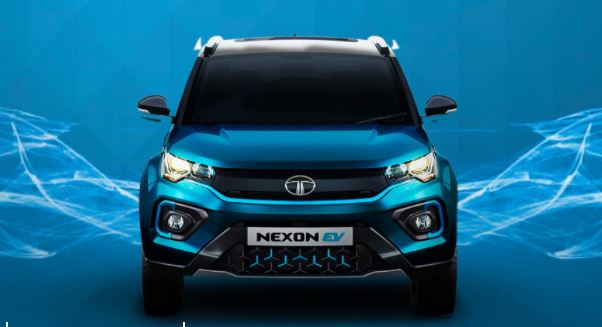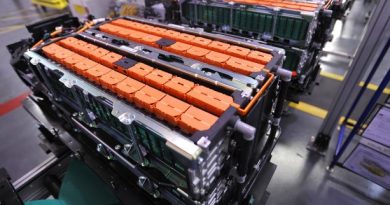Delhi Suspends Subsidy on Tata Motors Nexon EV Citing Complaints On Range
 Nexon EV
Nexon EV
Tata Motors’ popular Nexon EV, which has been having a very good run in recent months, has got a rude shock from the Delhi government after it suspended a subsidy it offered on the purchase of electric vehicles to the car which had just won the Indian Green Car of The Year award for 2021.
In a tweet, Minister Kailash Gahlot said that the government had suspended the subsidy after receiving complaints from users over “sub-standard range performance”. The suspension will be in force pending a final report of a committee that will look into the complaints received by the transport department.
Delhi govt has decided to suspend subsidy on a EV car model, pending final report of a Committee, due to complaints by multiple users of sub-standard range performance. We r committed to support EVs, but not at the cost of trust & confidence of citizens in claims by manufacturers pic.twitter.com/R81S3kH6vT
— Kailash Gahlot (@kgahlot) March 1, 2021
In 2020, the Delhi government had notified its EV policy under which a purchase incentive of Rs 10,000 per KWh of battery capacity is provided per electric 4-wheeler and up to a maximum of Rs 150,000 to the owners of the first 1000 electric cars to be registered in Delhi after the policy was announced.
The suspension has come after users complained of far less range than the advertised and claimed range of 312 km per full charge by Tata Motors for its Nexon EVs. In its letter to Tata Motors, the government said that a user in Delhi’s Najafgarh had reported that his Nexon EV had “never provided a range more than 200 km”.
The letter also added the experience of another user who had a similar experience. In its response, the letter mentioned that a representative of Tata Motors said that the range claimed for Nexon EVs by Tata Motors was made on tests done by the Automotive Research Association of India or ARAI, the designated agency that conducts tests “under standard test conditions” for all vehicles in India.
Tata Motors also said that an actual range of an EV is also dependent on driving conditions, traffic conditions and even the use of AC, heater, the drive mode or any gadget plugged in while driving the vehicle.
This move by the Delhi government can be a blessing if the committee does come up with a benchmark to accept a variance in the real-life and test-conditions range of EVs in India.
Even for ICE vehicles, the wide gap between claimed mileage figures and under real-life situation is so wide that it has spawned many a career of auto vloggers on social media reviewing just the mileage claims of vehicles.
And that was the case with Nexon too.
Many reviews and videos showed how to extract the last bit of juice from Nexon’s batteries and also the best way to get the range as promised, but it appears that the complaints show that EV manufacturers should either go with real-life range claims or ARAI should tweak their testing methodology to not take buyers and users of EVs for a ride (or lack of) when certifying the range of electric vehicles.
Also, with so little to choose from when buying electric cars in India, perhaps the right time for EV manufacturers to get going on running information campaigns on getting the best range out of their models and perhaps even a day’s training for drivers of EV vehicles.




